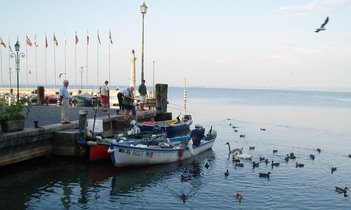 Fisherman, Garda
Fisherman, Garda It was just under 7€ return on the bus to Verona, and then 20€ for a 5-day Verona Card, which included admission to main museums and churches. We set to enthusiastically! Verona is packed to the gunwhales with fabulous villas, murals, churches etc, and Roman remains, including the original Roman gates to the city, Porta Leoni and the 1st Century Porta dei Borsari. At the Dominican Church of S. Anastasia we saw Pisanello’s fresco of St George & the Princess among a number of wonderful wall paintings; at the Basilica di San Zeno Maggiore, magnificent bronze doors and an Altarpiece by Mantegna.
We explored the magnificent amphitheatre,completed around AD 30 and the third largest in the world, where these days opera is staged, but where it’s easy to imagine the crowds streaming in through the various gates thousands of years ago to watch gladiators, wild animals and mock battles. Crossing the Ponte Pietra over the Adige river, we found the stunning Museo Civico de Storia Naturale. How our son would have loved this when he was a small boy, with its amazing fossils, including those of entire trees, fish, fern leaves and dragonflies, which were found when quarrying north of the city for building stone.
I find tall towers irresistible, and the Torre dei Lamberti was no exception! We toiled up its 368 steps, disdaining to use the lift, and were extremely lucky to notice the huge bell directly above our heads moments before it struck the 10 o’clock chimes, giving us just enough time to stick our fingers in our ears. Being in Italy, we enjoyed excellent coffee breaks and delicious pizza from a little take-away place, Pizza Doge, in the Via Roma opposite the Castelvecchio Museum. The Casa di Giulietta (of Romeo and Juliet fame) is reached through an archway covered with graffiti and crowded with dozens of young women queueing for the must-have selfie on the balcony. We didn’t tarry!
Back in Garda, there were the summer concerts and exhibitions always available in this land of culture, including a tiny local museum of agricultural and fishing artefacts, and an exhibition of local art in a renovated villa, now used for community activities, where the poet Gabriele d’Annunzio used to stay with the lady of the house. For day outings we bought spinach pastries, ciabatta, ham, olives, tomatoes and peaches in the friendly local shops.
On Ferragosto, Mass was celebrated for the Assumption, and we watched a greasy pole competition and the Palio delle Contrade, the annual boat race at the lake edge, where nine teams of four muscular rowers each competed, standing as they rowed. One of the teams included two brothers, aged 64 and 72, still remarkably strong contenders. The winners strolled nonchalantly up to collect their cup, followed by admiring glances from the ladies.
The odd big thunderstorm and heavy downpour cooled the hot bright days. After early morning swims in the clear waters of the Lake, often accompanied by ducks and swans, walking back to the hotel we sometimes encountered divers, jugglers, cyclists, nuns, dog-walkers, rubbish-collectors, waiters setting up tables, and fisherman gutting their catch and throwing the waste to waiting birds.
Tim Parks’ Italian Neighbours was an enjoyable companion read. He mentions, after some years living near Verona, that he knew he was finally becoming Italianised when he realised that he no longer ground his teeth at finding things closed with no explanation or warning. We, however, felt a degree of good old British exasperation when we took the fast catamaran across the lake one day to Sirmione and, after trekking uphill to the Roman ruins of the Grotte di Catullo, found them suddenly and unexpectedly closed for the day. No matter, we said philosophically, we’ll explore the Rocca Scaligera Castle, only to be confronted with a poster from the Ministry of Culture, announcing its decree that it would also be closed on public holidays and Sundays in August! Oh, never mind! We had a wander round the town then caught the return boat, walking back to Garda via Lazise and Bardolino.
We also caught the bus along the lake to Malcesine and then the cable car up to Monte Baldo for lovely breezes and stunning views of the lake below, the Dolomites to the north, and the wooded slopes either side of the ridge, with pastured cows, bells ringing. We were excited to find a mark-stone for the former border between the Habsburg empire and the Venetian Republic.
Another day we took the fast boat to Riva del Garda, at the north end of the lake. We bought a picnic lunch from a great supermarket, Poli, in Viale Lutti, of tasty olive foccaccia, tomatoes, a ‘gamba’ spedione, with breadcrumbs and paprika, and watermelon. For home consumption, we bought some locally roasted coffee-beans from Omkafe, a family firm based locally in Arco. We spent several happy hours in the world-class Museum of Riva del Garda, housed in another former Scaligeri castle, looking at fascinating artefacts of the pre-historic lake community incuding amazing sculpted figures,unlike anything we'd seen before, plus Roman archaeological finds,local history, art and an exhibition of ephemera, photos and ordnance from World War One and World War Two. Many of us in Britain tend to think of World War One only in terms of the Western Front, but the Italian Front was a significant theatre of that conflict. After visiting this museum, I intend to read The White War: Life and Death on the Italian Front, 1915-1919 by Mark Thompson.
It was great to see another part of Bella Italia!
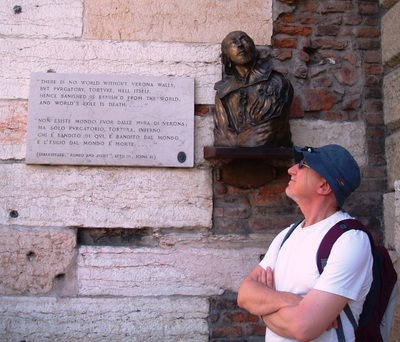
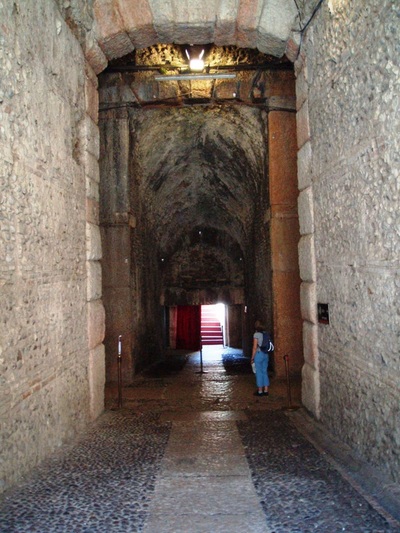
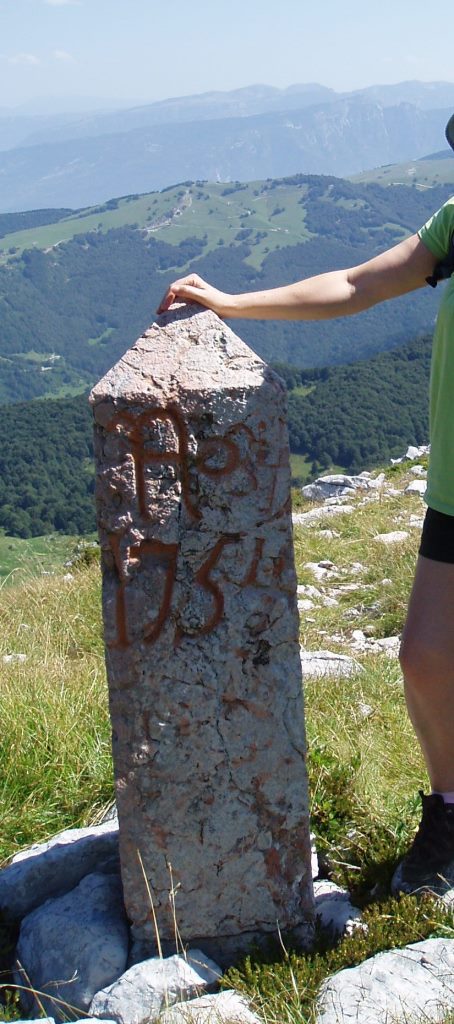
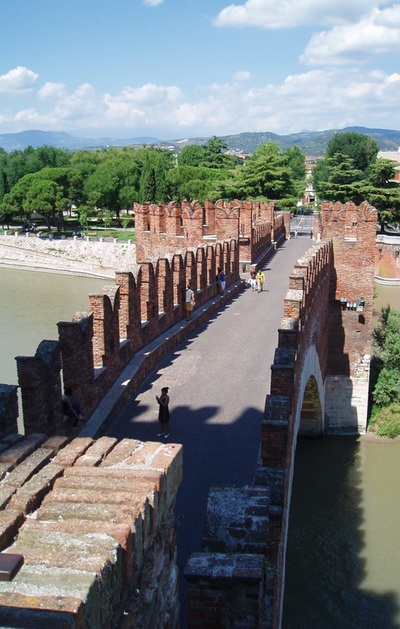
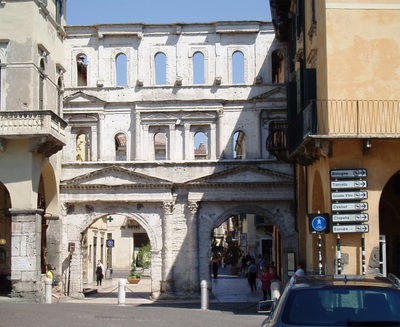
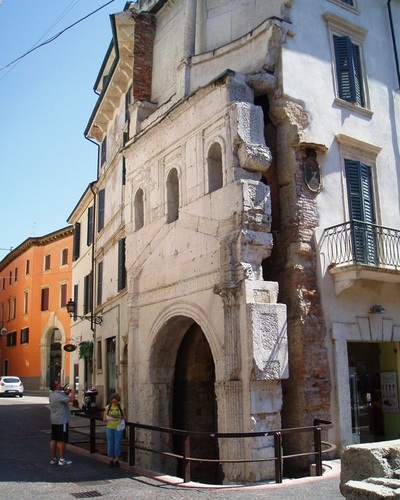
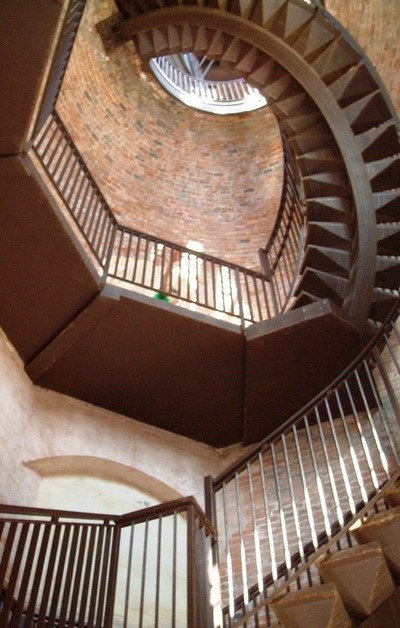
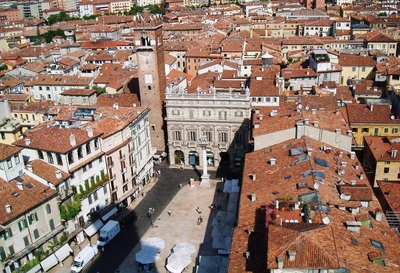

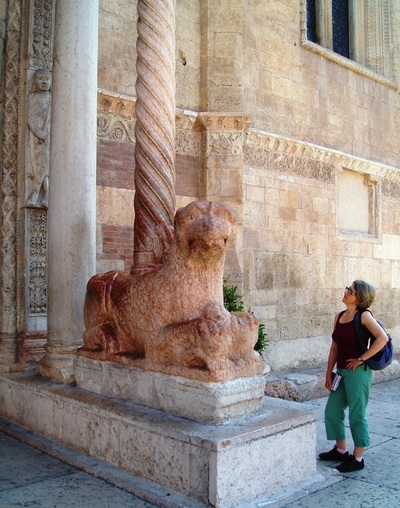
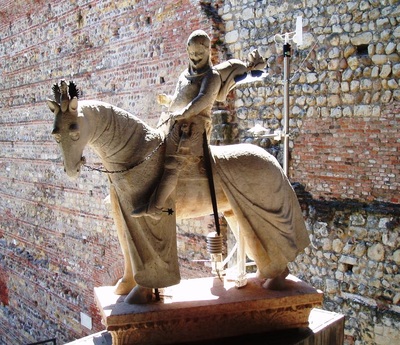
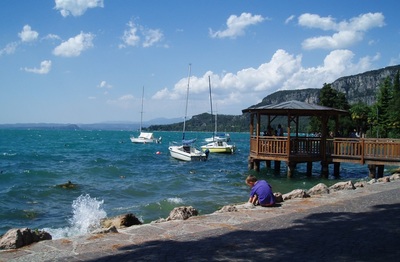
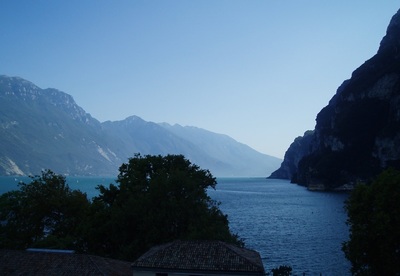
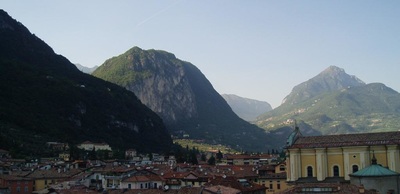
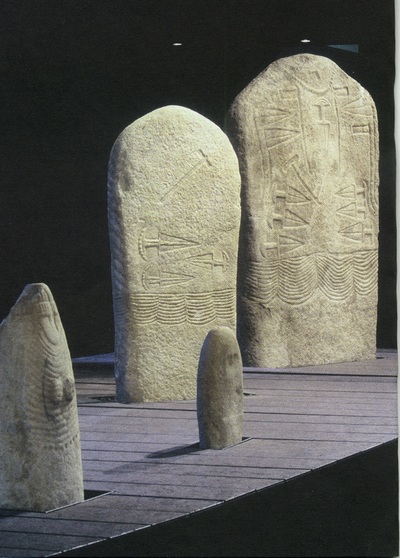
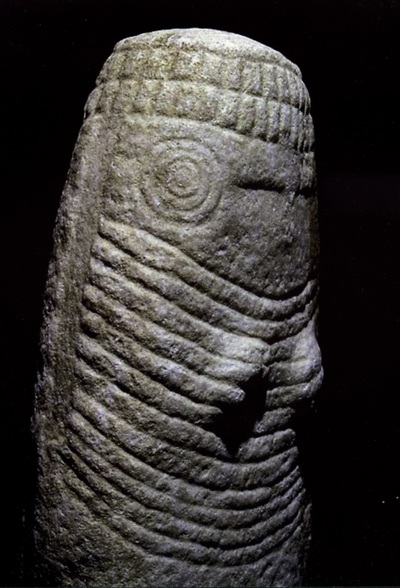
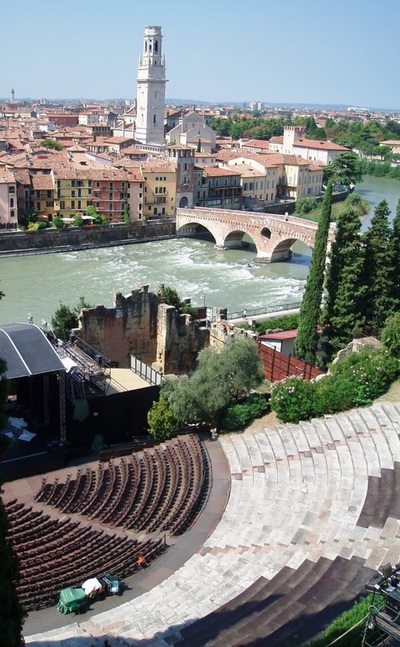
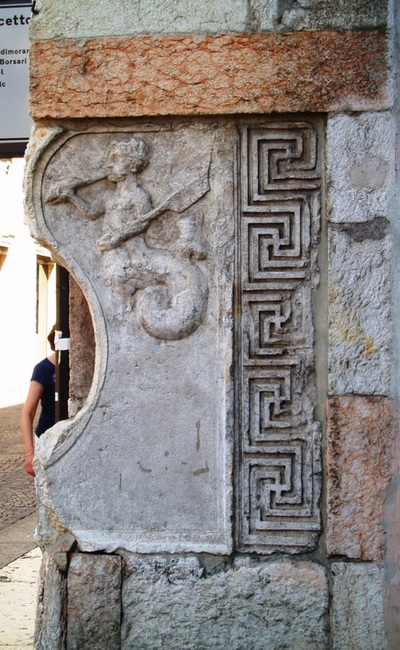
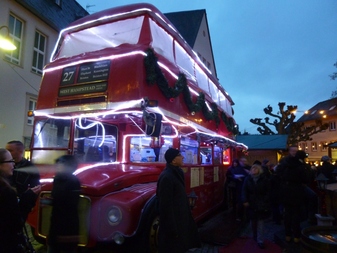
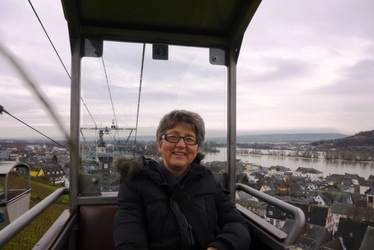
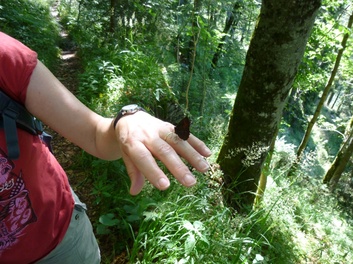
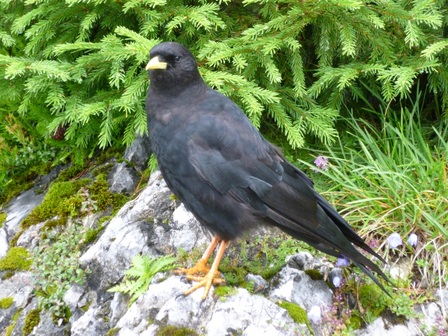
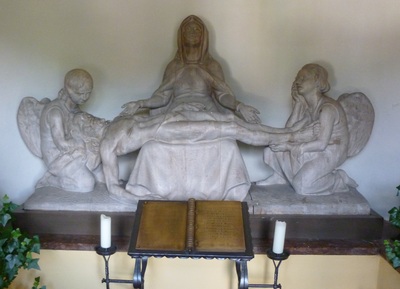
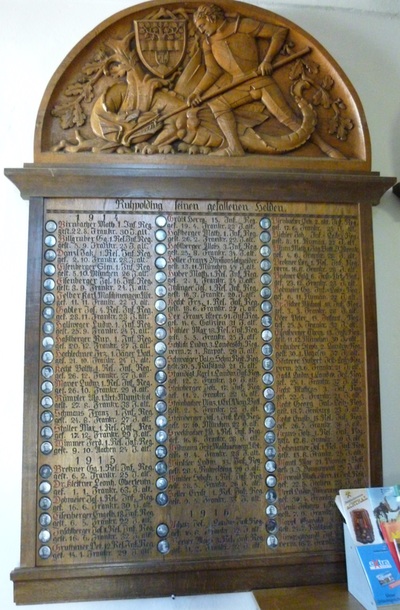
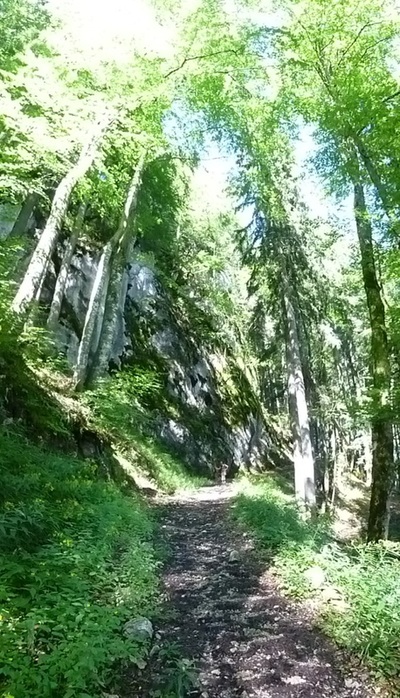
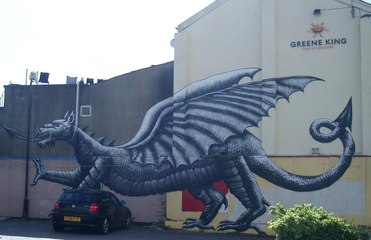
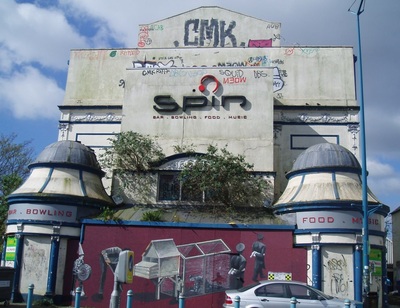
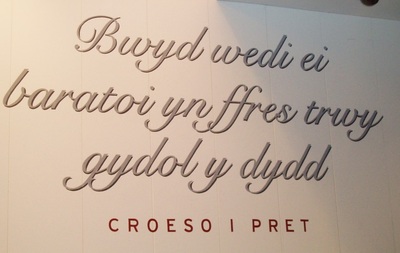
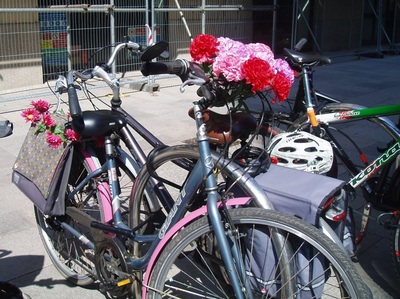
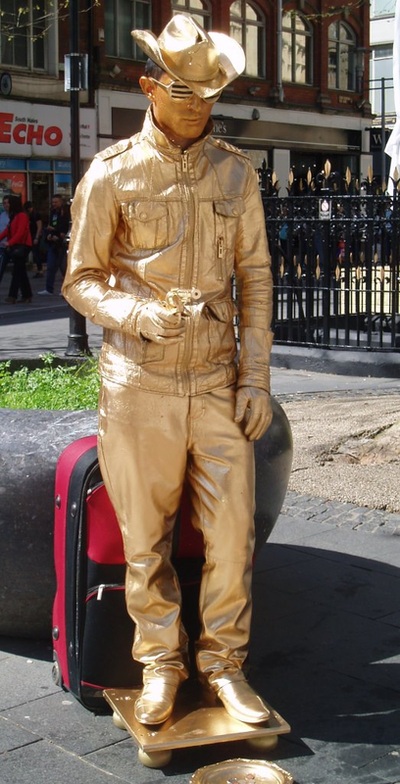
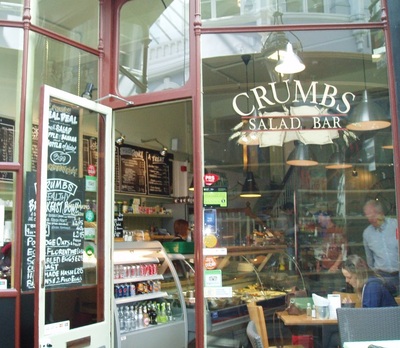
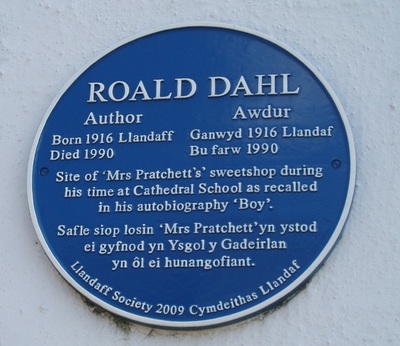
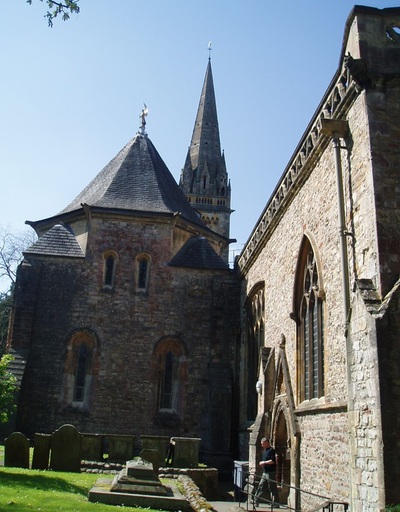
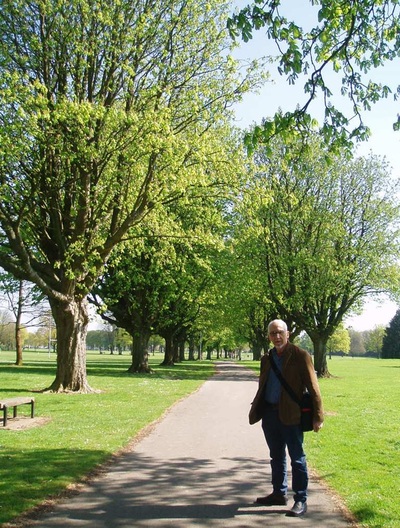

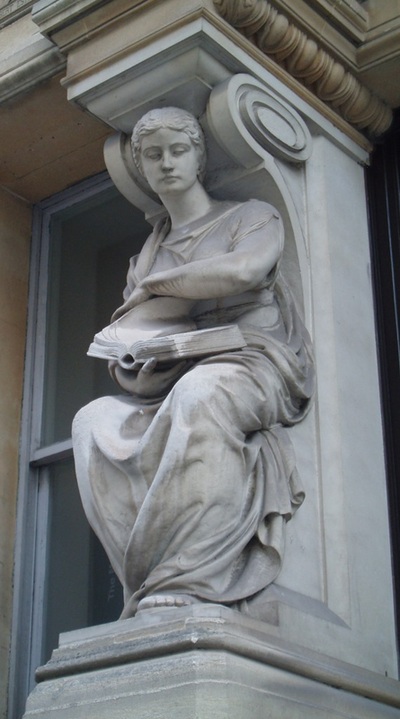
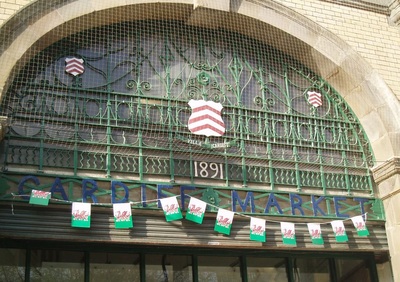
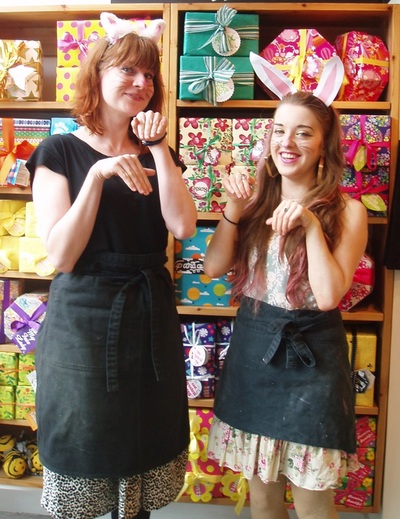
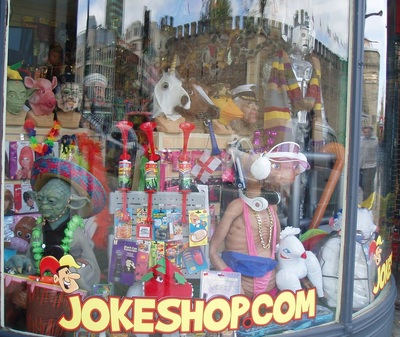
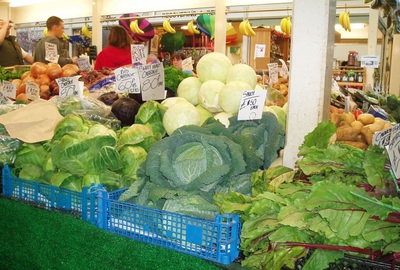
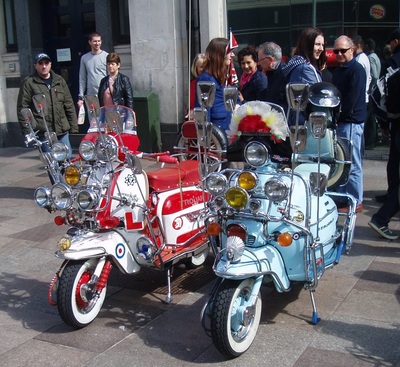
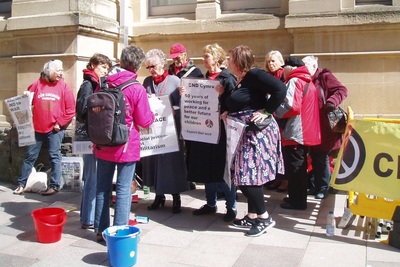
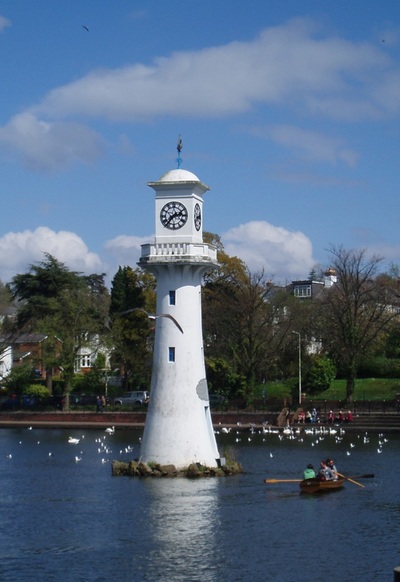
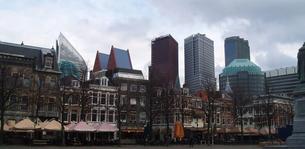
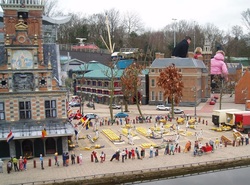
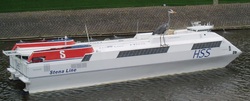
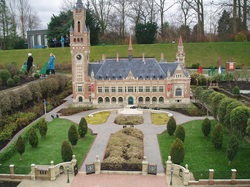
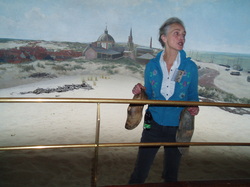
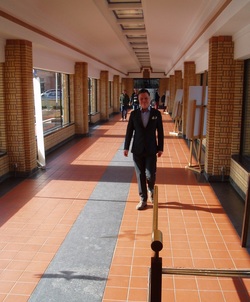
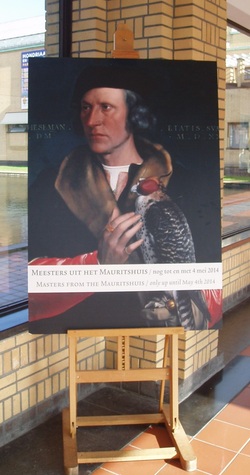
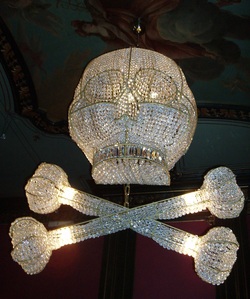
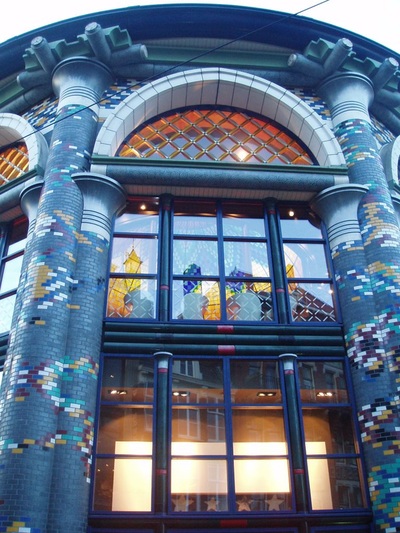
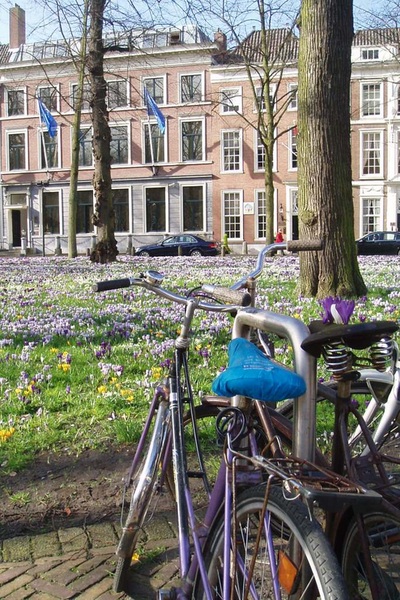
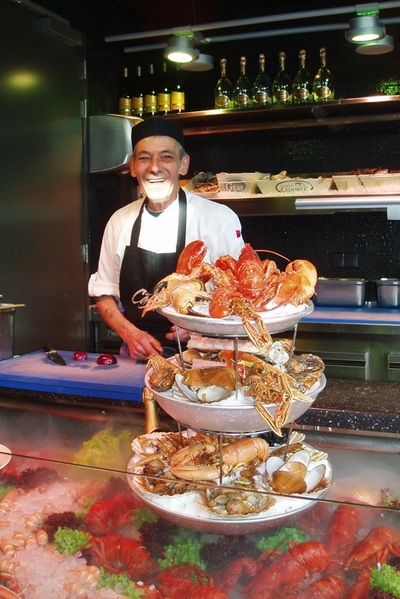
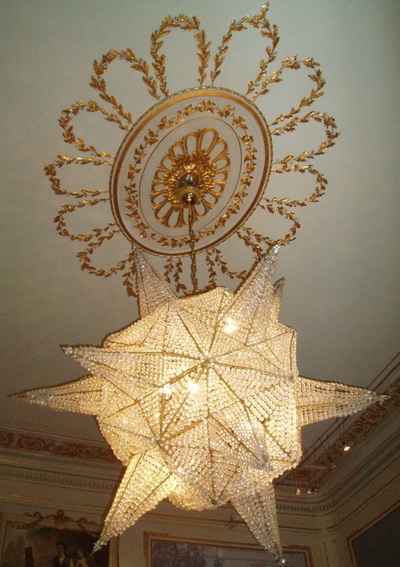
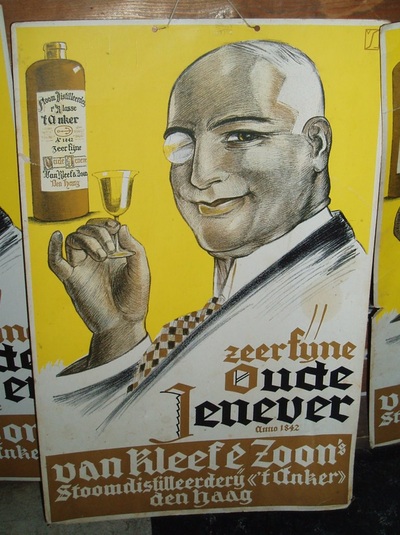
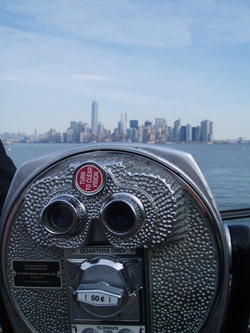
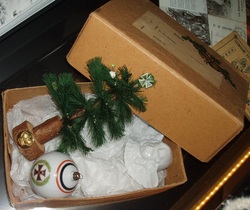
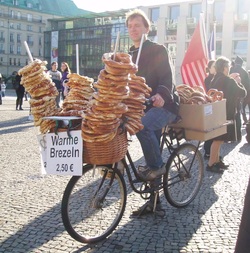
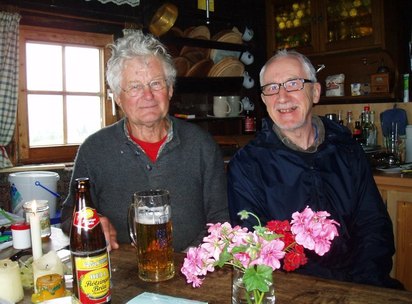
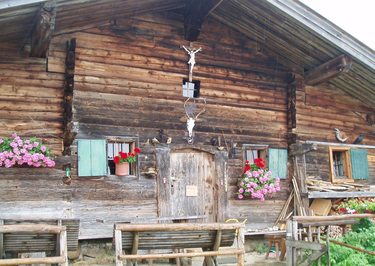
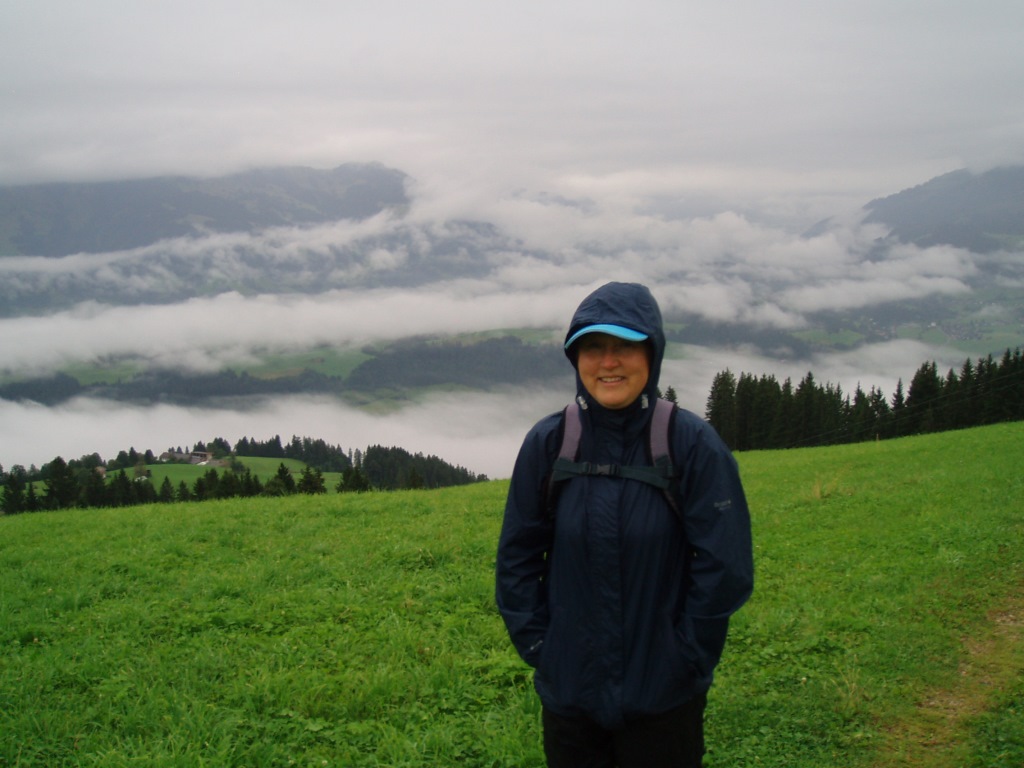
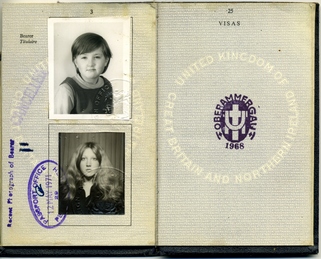
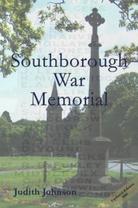
 RSS Feed
RSS Feed